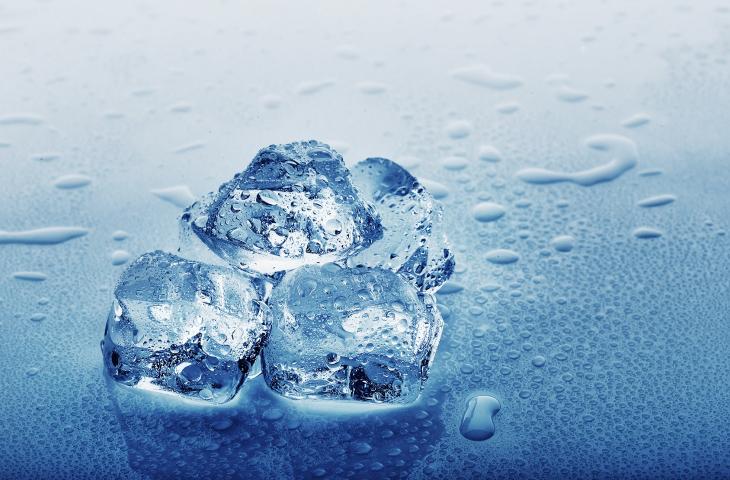MILAN – Water can remain in a liquid state up to -42,55 °C, a value never before reached in experiments of this type.
This was demonstrated, thanks to a new measurement technique, by a study published on Physical Review Letters by a group of international researchers.
The solidification process
Everyone is well aware of the fact that water freezes to zero degrees Celsius in “normal” conditions, meaning when we are in the presence of a certain quantity of liquid water contained in a recipient and the air pressure is atmosphere.
But the solidification presupposes that as the temperature lowers, the forces acting between the water molecules become increasingly weaker and the same molecules are arranged at the vertices of a crystalline lattice, the microscopic structure of the ice.
A fundamental factor for the molecules to re-establish themselves in this way is that they find something to rest on, for example impurities in the water, such as molecules of mineral salts, or a solid surface
Water drops
The solidification process changes enormously when water is in the form of small separate drops: in this case, the surface tension, owing to the cohesive forces between the water molecules, is relatively strong and inhibits the formation of the crystalline lattice when it reaches a temperature of zero degrees Celsius.
If the water is very pure, the phenomenon of supercooling occurs: the water remains in a liquid state even below zero for a short period of time.
If the supercooled drops touch a surface, they freeze instantaneously: this is the phenomenon of glaze ice, which has recently been talked about in weather forecasts, as it can also affect raindrops in particular conditions that are created in winter.
The resistance of water freezes it
But to what temperature can it be pushed while maintaining supercooled water? Up to about -40 ° C, according to numerous indications that have emerged in the laboratory.
In this estimate, however, a fairly significant uncertainty remained, due in large part to the difficulty of establishing the temperature of extremely small drops of water.
The difficulty has now been overcome by researchers with an ingenious experimental apparatus.
The authors used a spray of microscopically small water drops in a vacuum chamber.
In these extremely low-pressure conditions, part of the liquid evaporated during the journey. Now, evaporation is also a change of state, and requires a certain amount of energy to occur.
Therefore, the drops that evaporated in the vacuum chamber absorbed heat, cooling the remaining droplets, which consequently reduced their size, since the diameter of a drop is directly proportional to its temperature.
By illuminating the spray with a laser light, scientists estimated the size of the drops and their reduction in size with an uncertainty of only 10 nanometres (one nanometre equals one billionth of a metre).
The authors then used the estimated size of the drops to determine the temperatures, documenting that the water can remain supercooled up to -42.55 °C thus well beyond the cut-off threshold of -40 ° C estimated so far.
by Alessandro Conte
February 8, 2018
credits: fotolia











